The radiant Rainbow Bowl, which has been so much admired at WMODA recently, was a gift to Arthur Wiener from Steve Gibbs at The Corning Museum of Glass. Arthur saw the bowl when he visited Corning in the summer and the artist Chris Rochelle was delighted for his work to go in display at WMODA alongside other contemporary glass artists.
Chris Rochelle is the Hot Glass Projects team leader at The Corning Museum of Glass where he helps give visitors a deeper understanding of the material. Chris graduated with a degree in sculpture before discovering glass in 1999. He apprenticed to a glass studio and spent 10 years in production glassmaking, including the Steuben factory in Corning, NY. Chris traveled extensively with the Hot Glass at Sea Program on behalf of The Corning Museum. During his work with the GlassLab, he worked with designers from all over the world to prototype unique objects in glass. In Rochelle’s words, "In much of my artwork, I find myself attempting to make order out of chaos, like taking a snapshot of something that is in constant change,” said Chris. “With glass, I thrive on the constant attention it demands to push the boundary between fluid and solid state."
Capturing an elusive rainbow in glass is an impressive achievement. According to legend, the end of the rainbow is impossible to reach which is why the Irish leprechaun hides his pot of gold there. In the Bible, the rainbow is a sign of hope and promise that life on earth will not be destroyed again with a global flood. In ancient Colombia, offerings were made to the rainbow god Cuchavira when the rains in the Bogota savanna were over. in Norse mythology, the rainbow bridge Bifrost connects the world of men and the realm of the gods. The Bifrost Fairyland Lustre vase by Daisy Makeig-Jones captures this illusion brilliantly in iridescent lustrous china.
In Greek mythology, Iris was the personification of the rainbow, which joined heaven and earth. Iris has been portrayed on a tile design at WMODA by the British fantasy artist Josephine Wall. She also depicts Gaia, the Earth Goddess, showering the earth with rainbows of hope in her masterpiece No More. Gaia forces back the advancing darkness as she seeks to prevent the ruin of our precious world. Josephine describes Gaia in her painting, “No more will she allow man’s blindness, greed and intolerance to pervade this planet. As she strides purposefully forward, nature’s beauty is once again restored.”
In our own time, there has been a flood of rainbows in popular culture and it has become a symbol of diversity and respect. Since the 1970s, the Rainbow flag has been adopted by gay pride and the LGBT movement. Democratic, post-apartheid South Africa was described as the rainbow nation by Nelson Mandela and Desmond Tutu in 1994. Over the Rainbow, Judy Garland’s signature song from the Wizard of Oz, has been ranked the number one song of the century by the National Endowment of the Arts.
Come see all the rainbow images, symbols of hope and promise at WMODA.
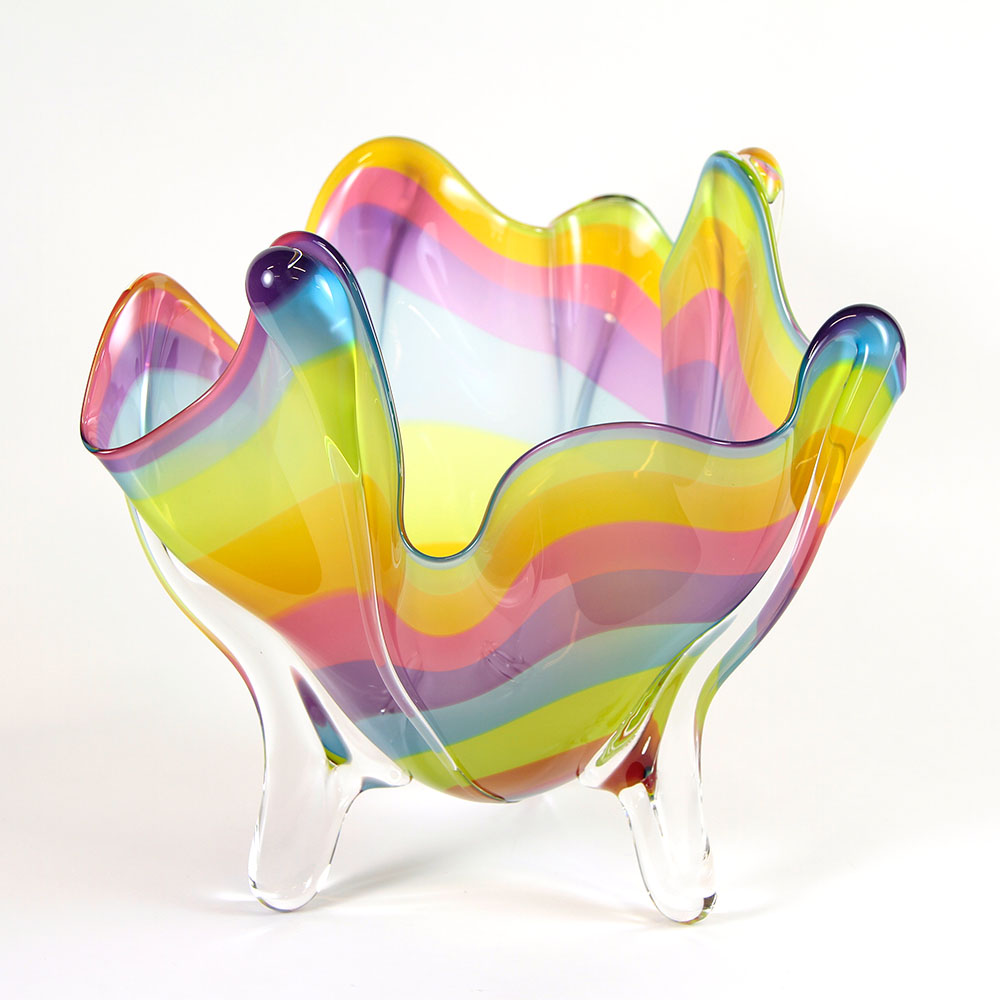
Rainbow Bowl by C. Rochelle
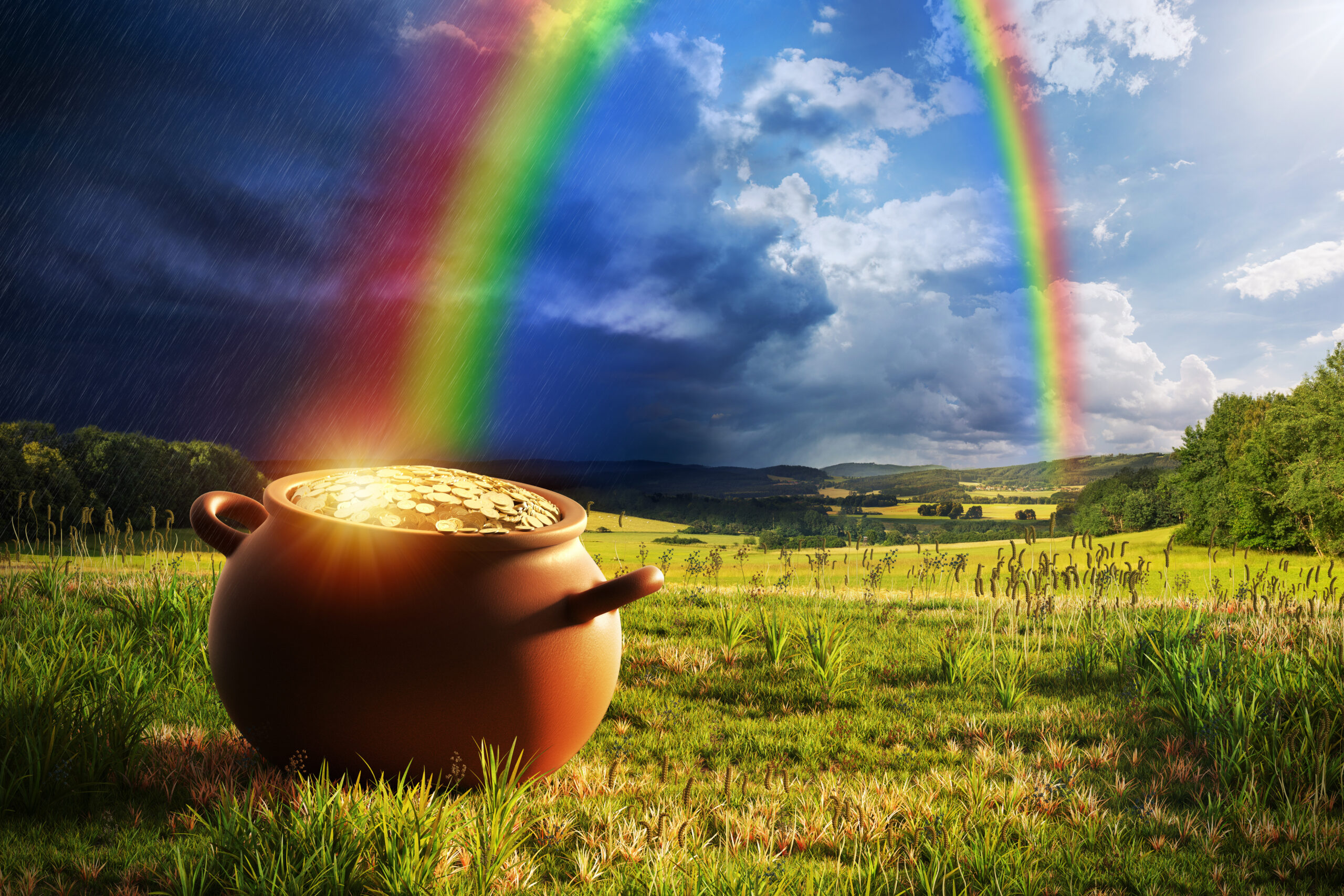
Gold at the end of the rainbow
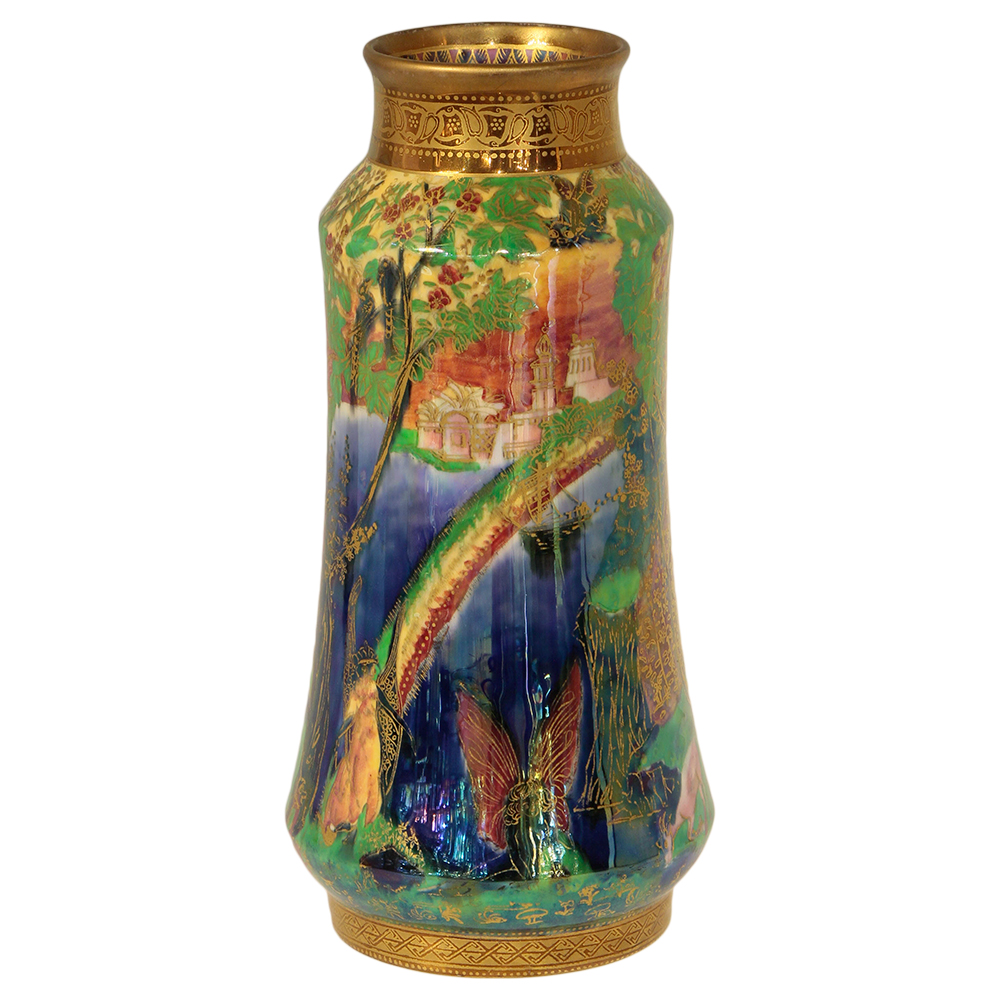
Wedgwood Fairyland Lustre Bifrost Vase by D. Makeig-Jones
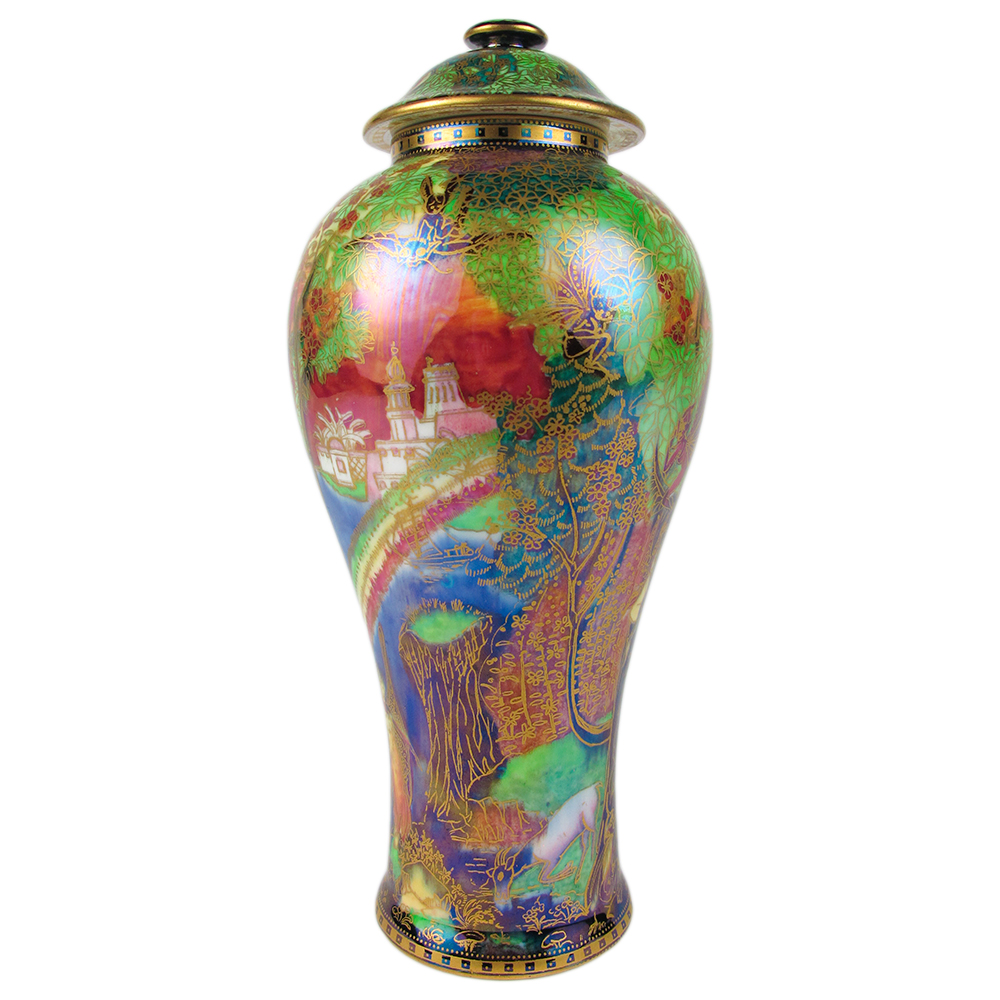
Wedgwood Fairyland Lustre Bifrost Vase by D. Makeig-Jones
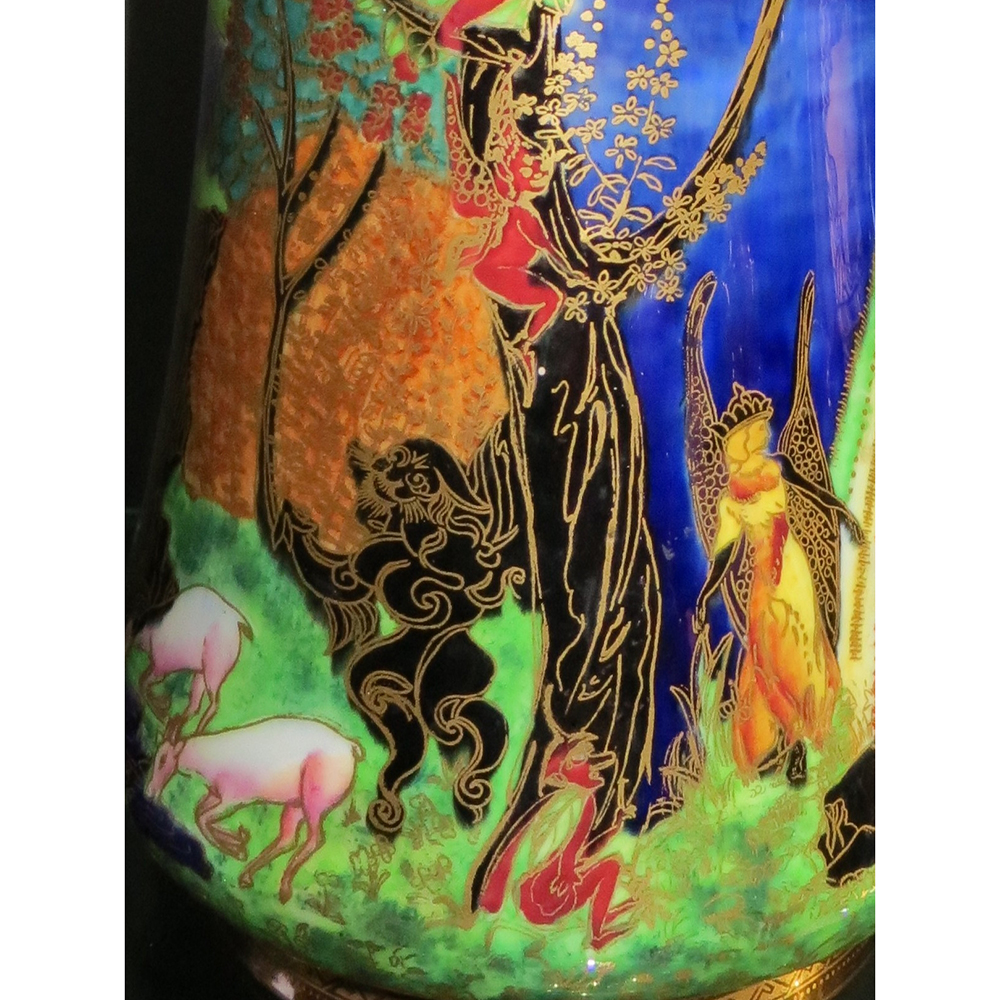
Bifrost detail
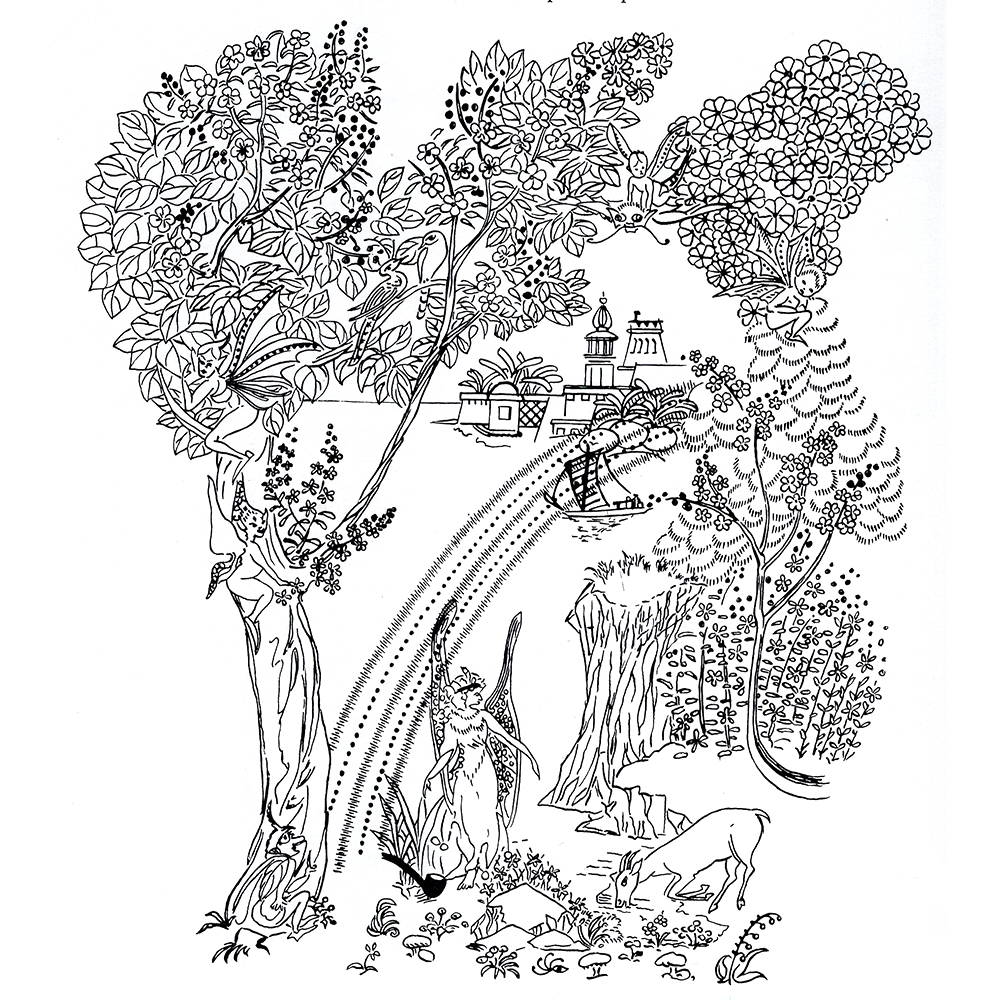
Bifrost illustration
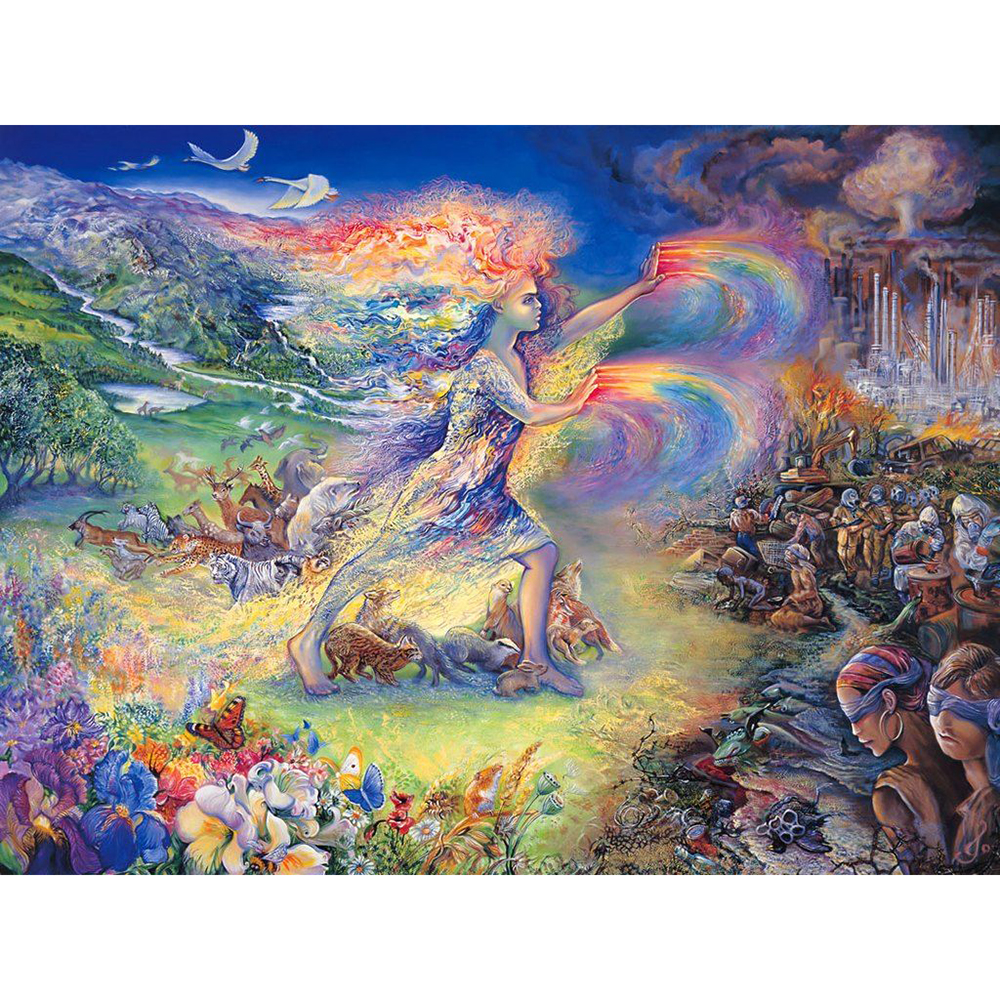
No More! by J. Wall
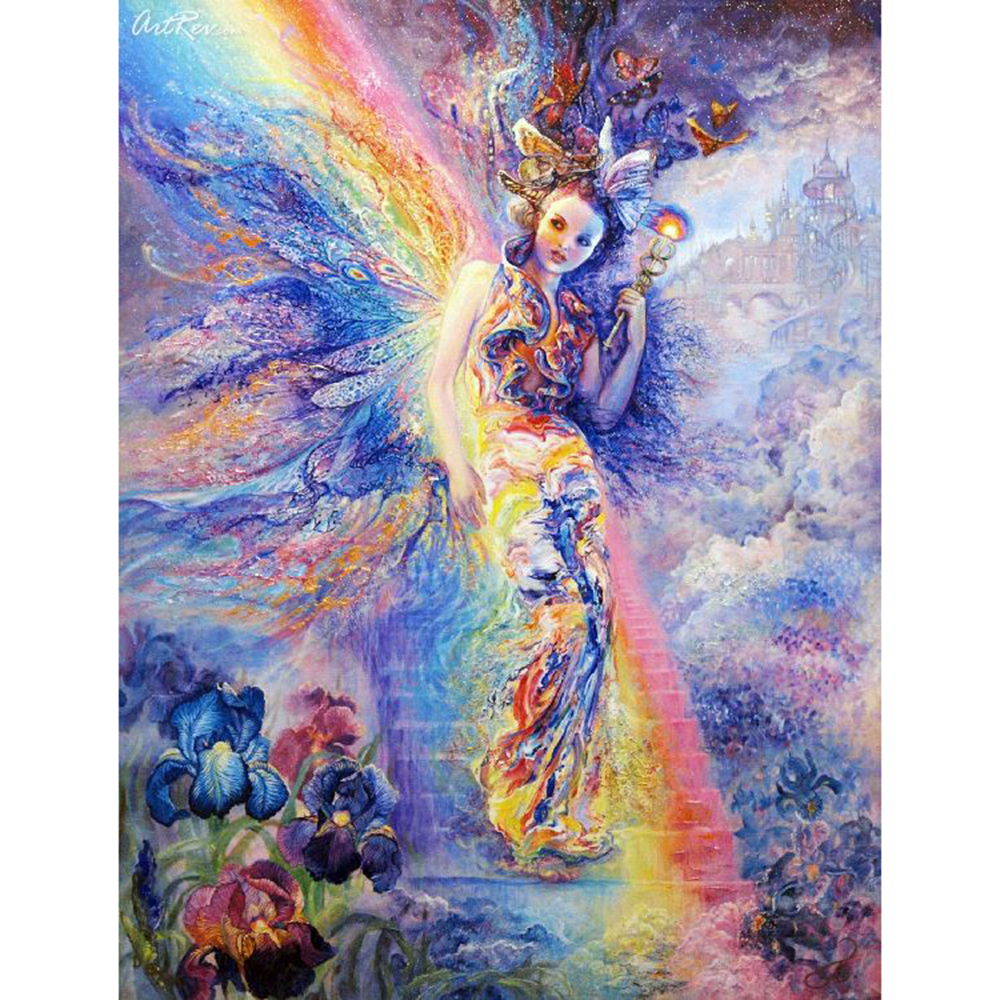
Iris Keeper of the Rainbow by J. Wall
